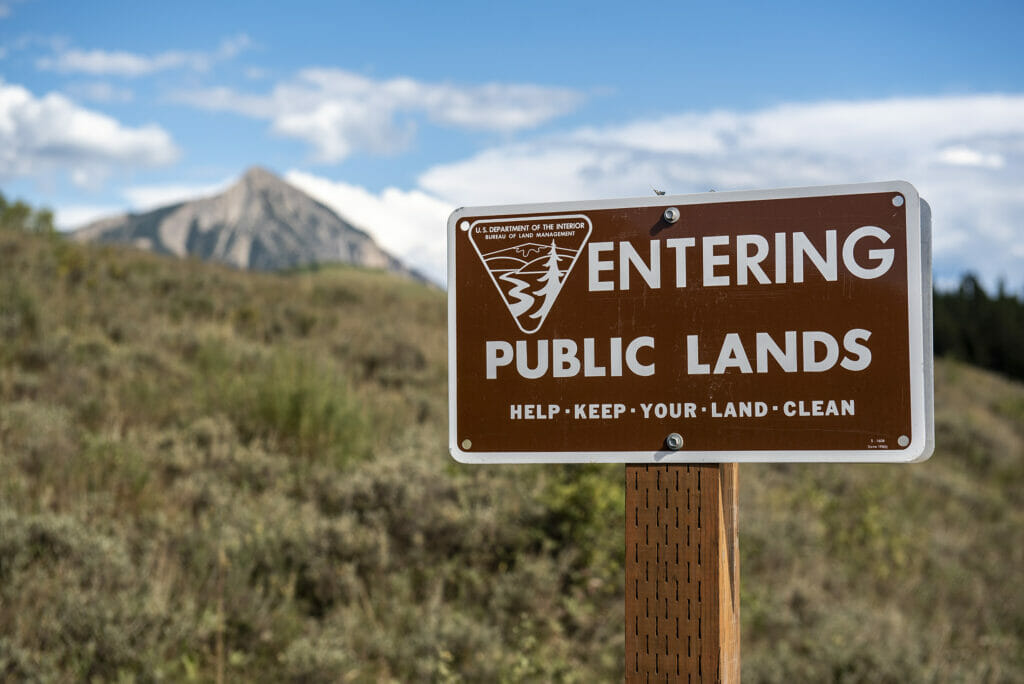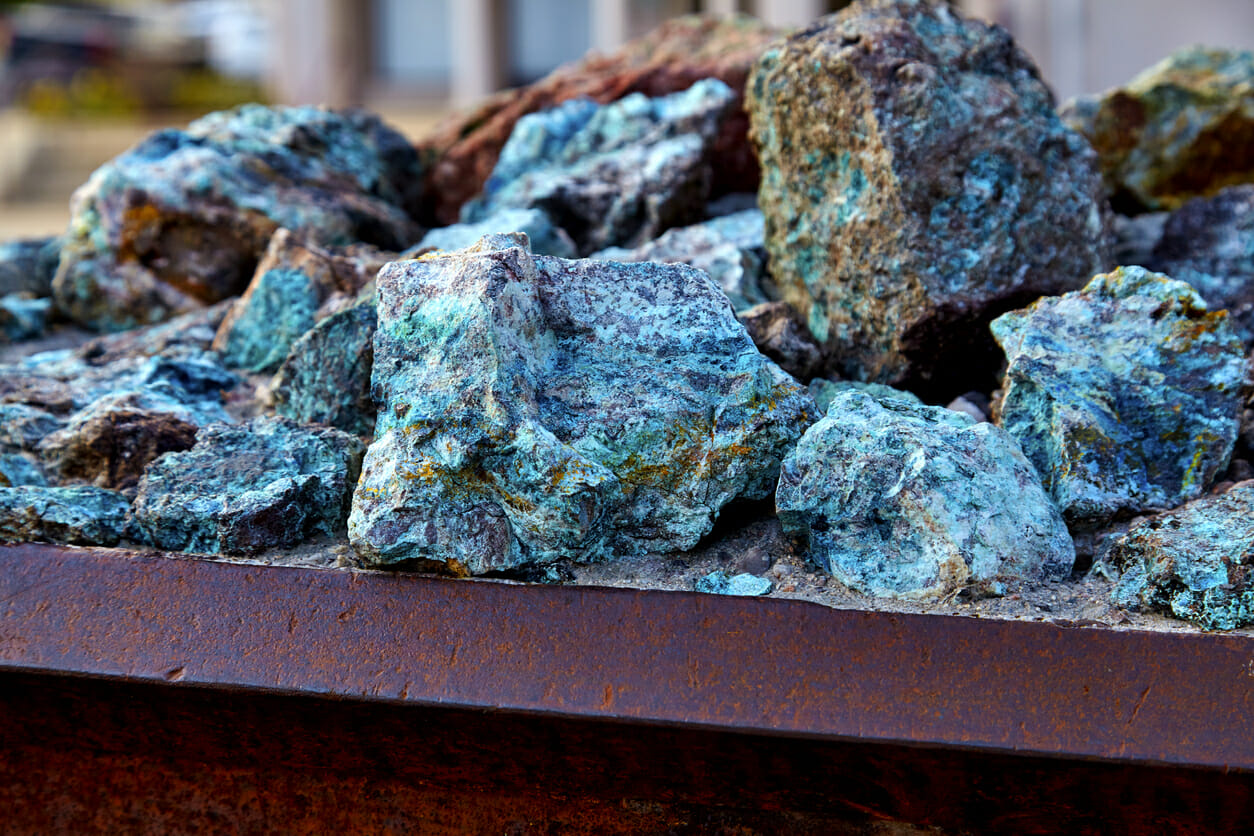We need to protect trout and salmon fisheries when mining the raw materials of our clean energy future
Among policy makers, critical minerals are a big deal. As for the rest of us, we may not know just how important these minerals are to everyday life.
In today’s world, minerals like cobalt, lithium, rare earth elements, tellurium and dozens of others power electric cars and make up the phones in our hands. They are important components in solar panels and are essential for energy storage from wind farms. They are the raw materials upon which a clean energy future is being built, and demand for these minerals is only going to increase.

Coupled with a reduction in the use of fossil fuels, renewable energy technology based on critical minerals can help address climate change in ways that don’t compromise important fish and wildlife habitat.
However, as with any commodity, extracting and processing critical minerals must be done responsibly, with an emphasis on avoiding and mitigating impacts to trout and salmon fisheries, and protecting public lands. TU has a long history of vigorously opposing poorly planned, ill-conceived mines, such as Pebble Mine proposed in the headwaters of Bristol Bay, Alaska. Our increased interest in how critical minerals are secured is in no way at odds with our efforts to stop bad mines.

Legislative progress
We cannot solely mine our way out of supply-chain challenges. We need a comprehensive strategy to secure the resources necessary for clean energy technologies.
Fortunately, members of Congress of both sides of the aisle have been looking at this issue for some time. Legislation has been proposed in several forms, including as part of the bipartisan Energy Policy Modernization Act of 2016, championed by Senators Lisa Murkowski (R-AK) and Maria Cantwell (D-WA). This energy bill nearly became law but failed to pass at the end of the 114th Congress.
Securing critical minerals has long been a priority issue for Senator Murkowski, chair of the Senate Energy and Natural Resources Committee, and this Congress she teamed up with Senator Manchin (D-WV), ranking member on the Committee.
Together, they have introduced legislation addressing critical mineral supply, permitting, research, workforce, recycling and funding.
Their bill advanced out of the Senate Energy and Natural Resources Committee, but conservationists and hunters and anglers raised concerns, including a provision that would allow the Fixing America’s Surface Transportation (FAST) Act review process to apply to certain mining projects.
The FAST Act includes alternative environmental review and public comment processes that were not designed for public land management decisions, but rather for infrastructure projects like roads and bridges. The result is that some mining projects would have been subject to truncated public comment periods and limitations on judicial review.

Fortunately, the bill’s authors have listened and made changes. Language proposed for the American Energy Innovation Act (a.k.a., the 2020 energy bill) includes a bipartisan compromise that drops the FAST Act provision. Currently, this language is also being considered as part of the phase four COVID-19 stimulus bill, called the Health, Economic Assistance, Liability Protection and Schools Act, or HEALS Act, introduced by Senate Republican leadership earlier this week.
Work yet to be done
It remains to be seen if the critical minerals compromise legislation will become law, but this issue has momentum in Congress. This process illustrates that there are opportunities to craft bipartisan solutions, and Senators Murkowski and Manchin deserve credit for working together, listening to hunters and anglers, and striving for balanced legislation to address this issue.
Looking ahead, more needs to be done, including updating to mining laws and using portions of the revenues generated from mineral development on public lands – including critical minerals – to offset expenses for mitigation and abandoned mine reclamation.
You’ll be hearing much more about this issue in the weeks, months and years ahead starting with a report coming in mid-August.
We look forward to the collaboration with diverse stakeholders – including lawmakers, the mining and renewable energy industries, and environmental community – that will be necessary to solve these vexing challenges.
Resources: Learn more about critical minerals on TU.org.



